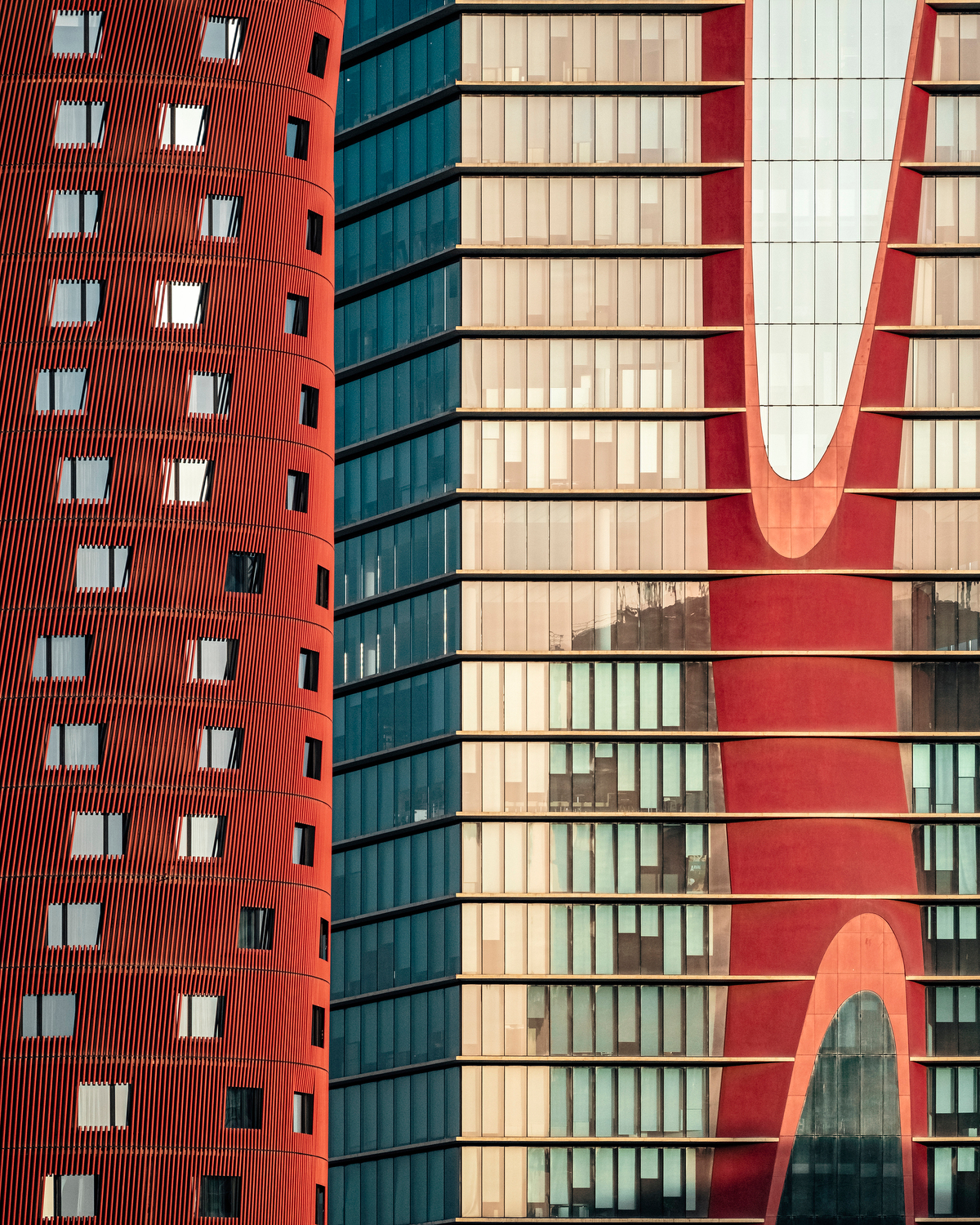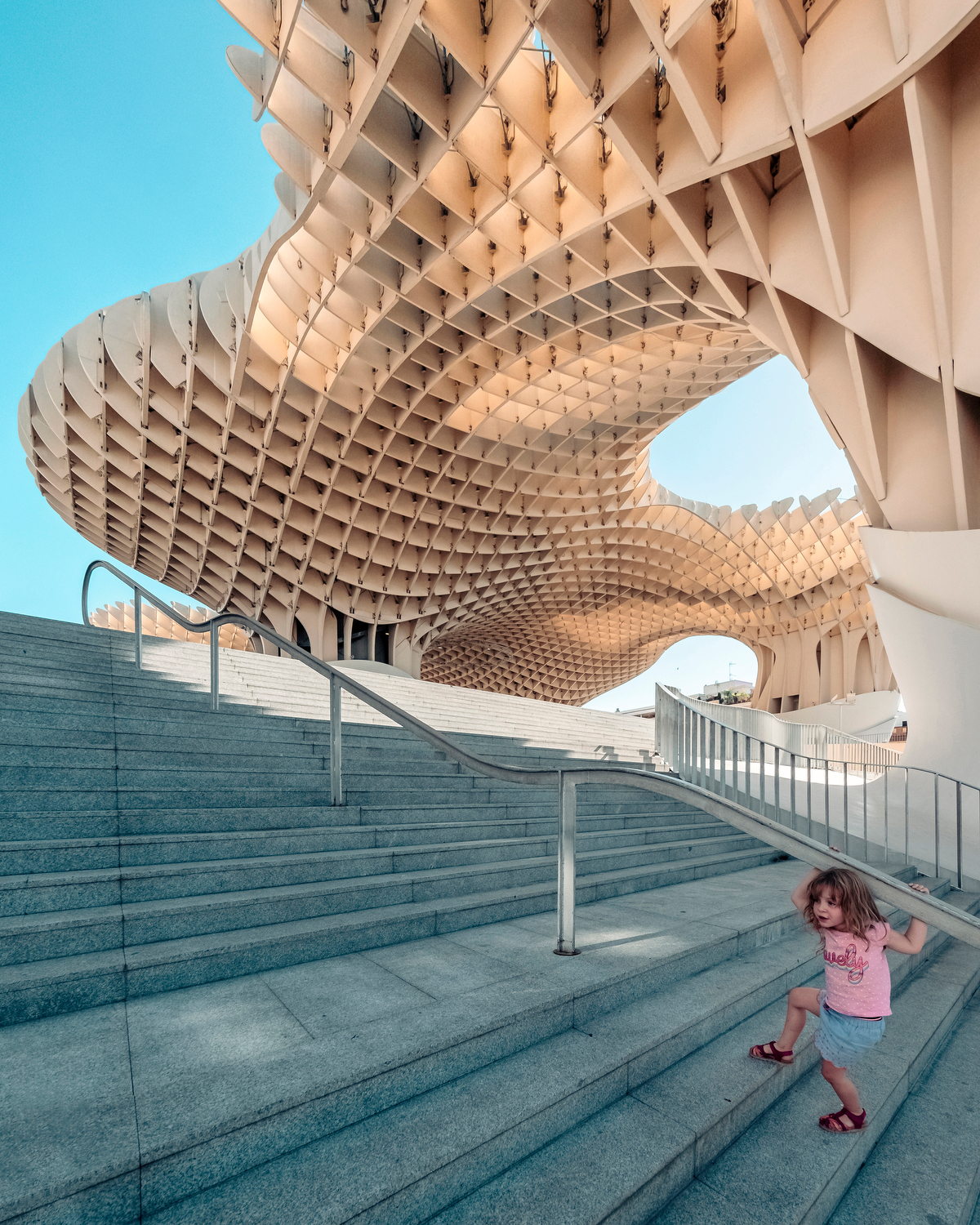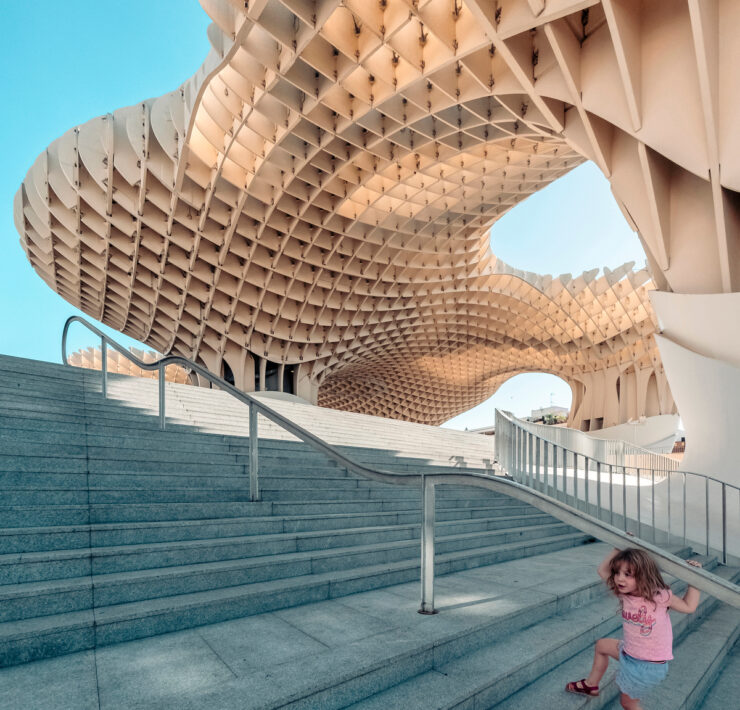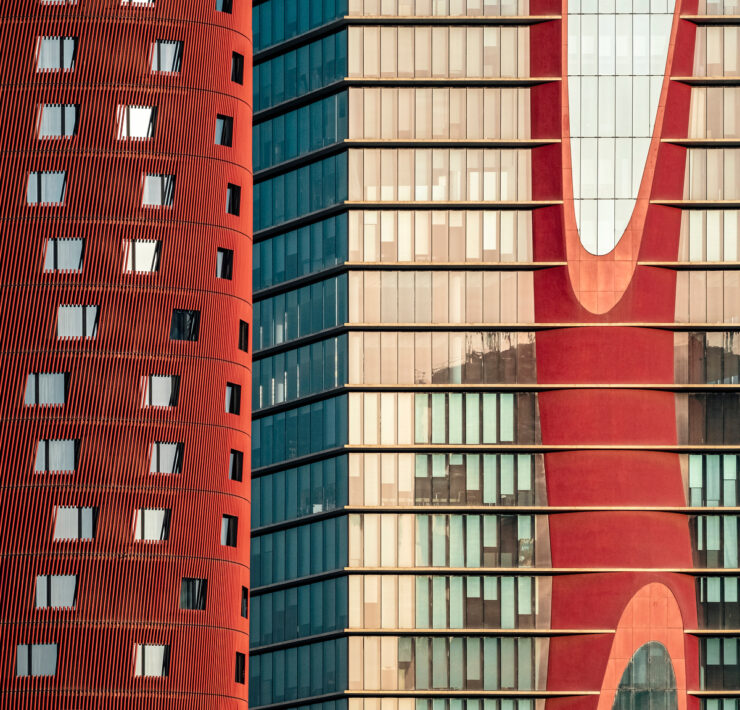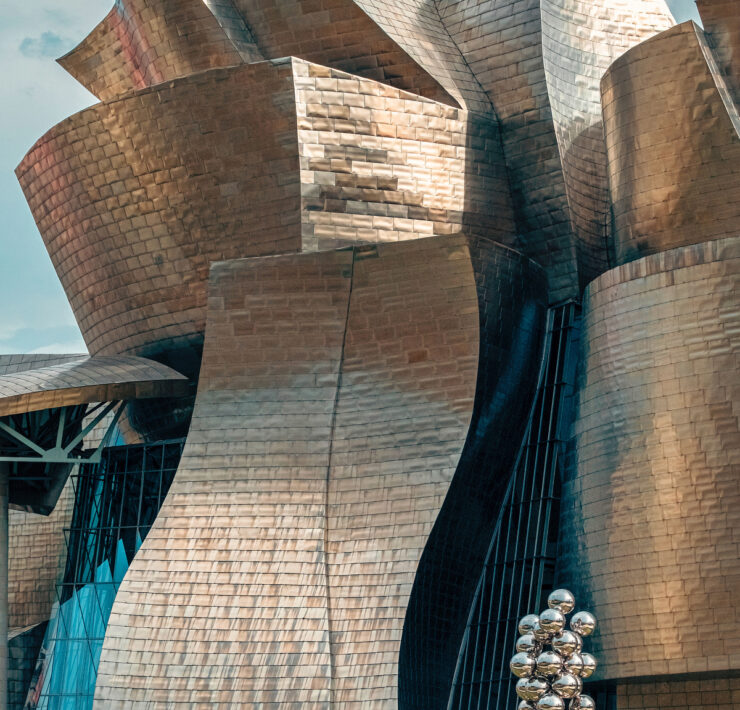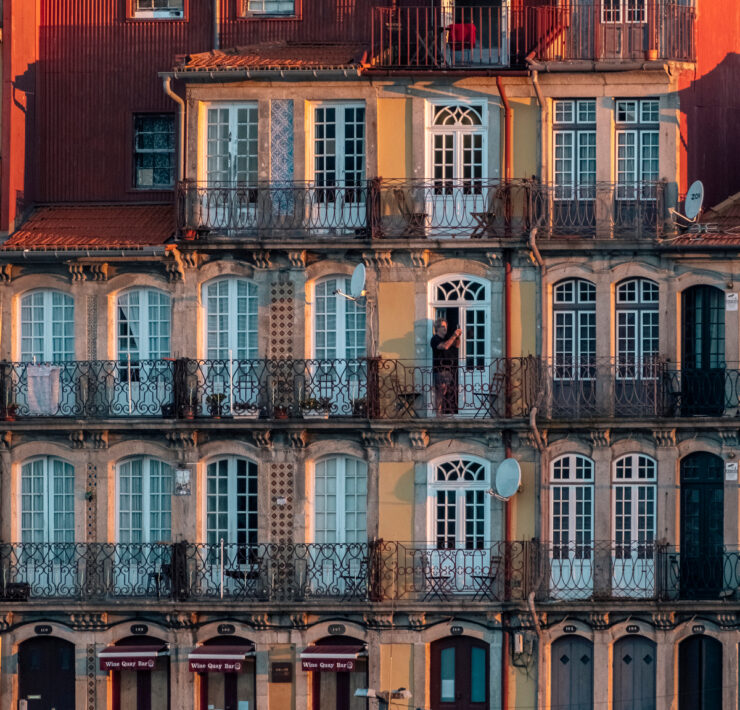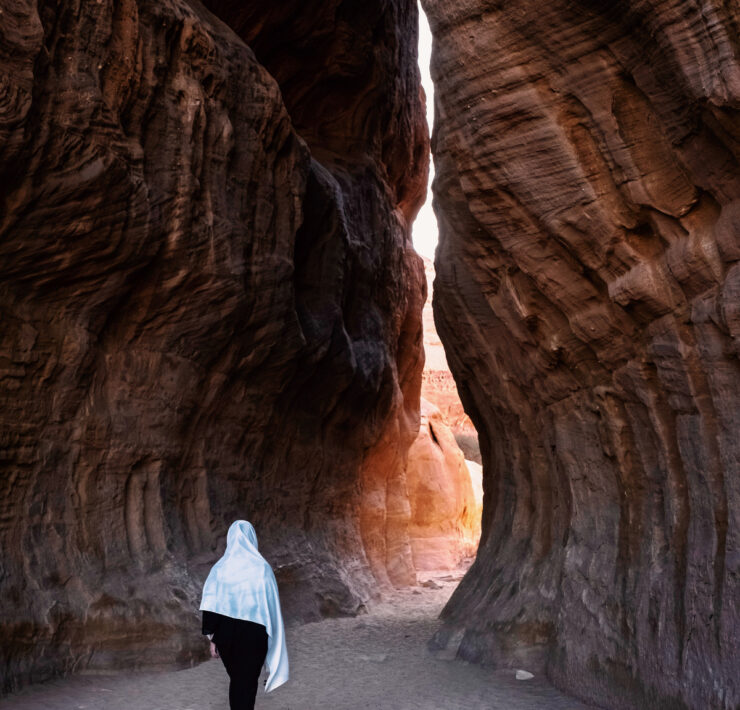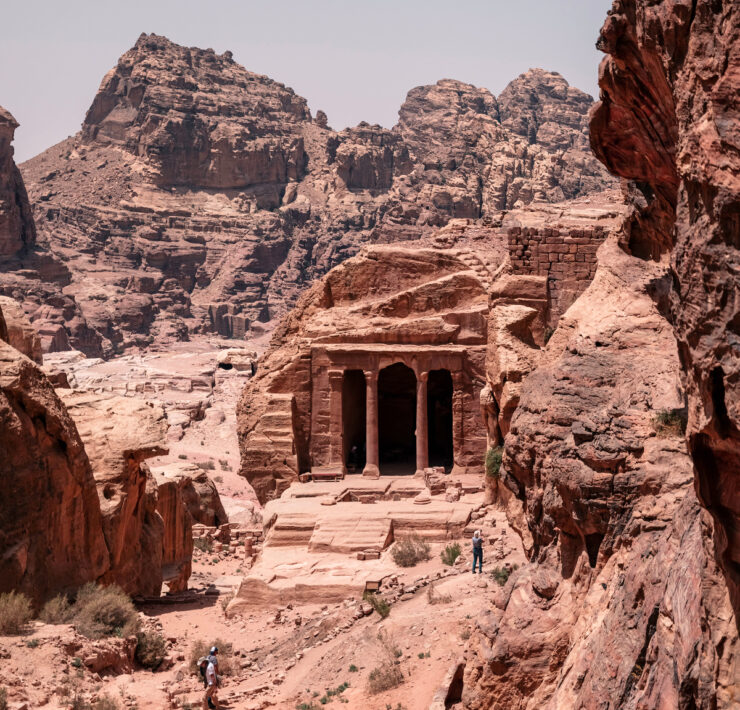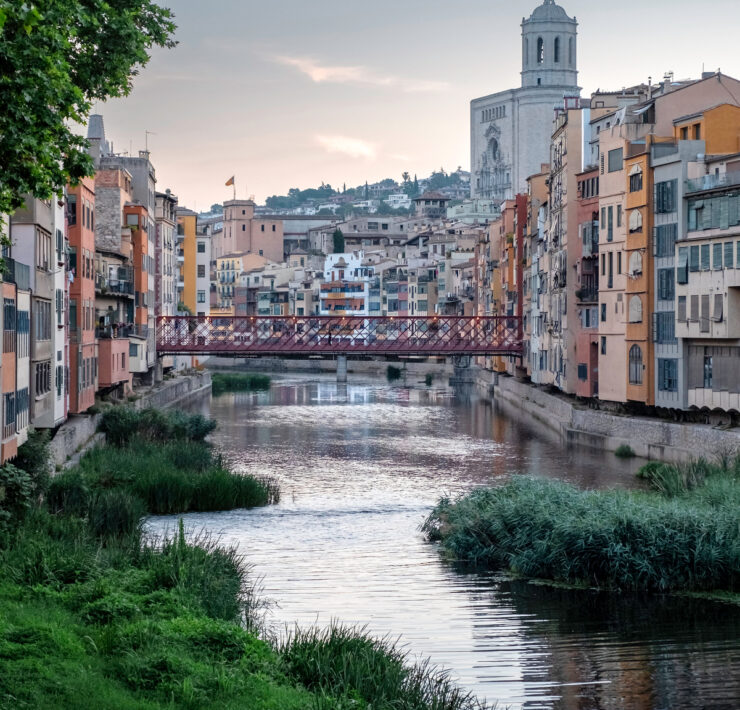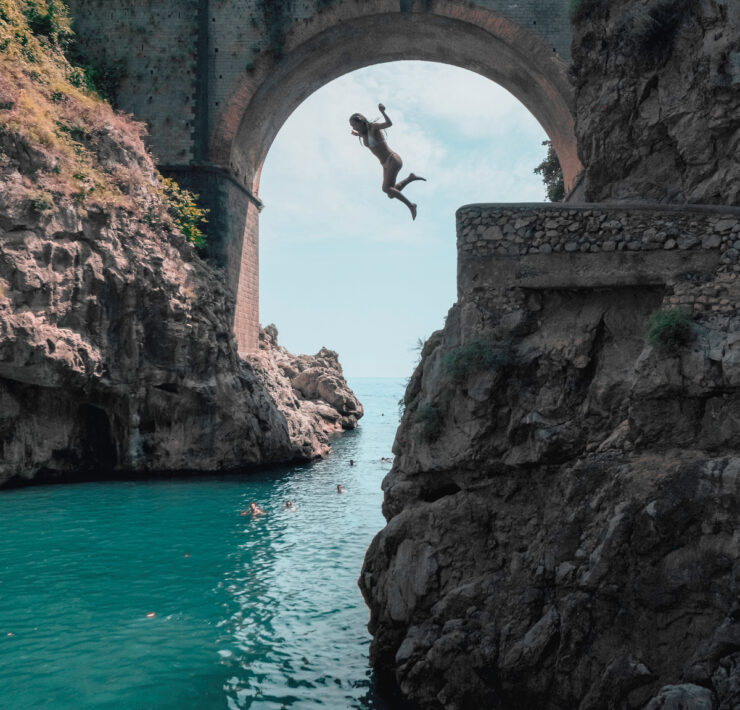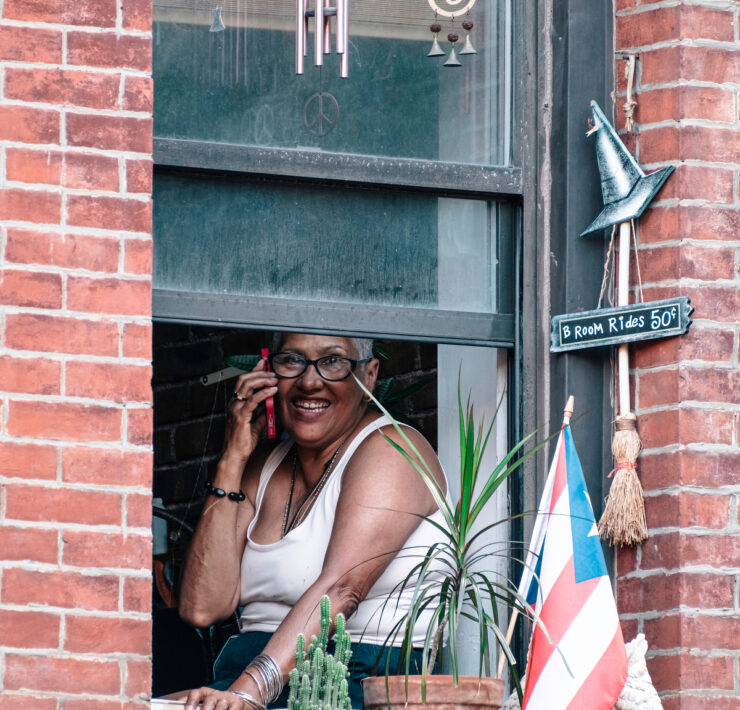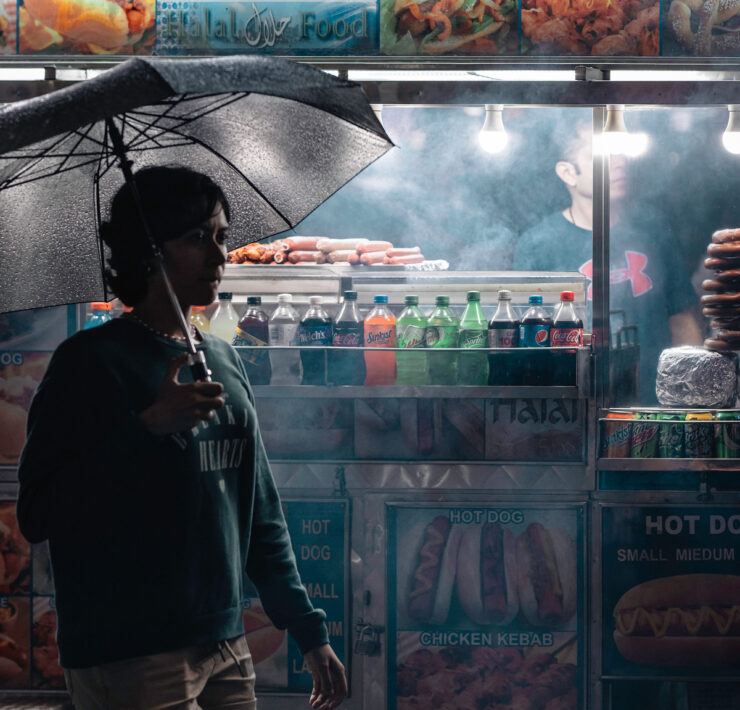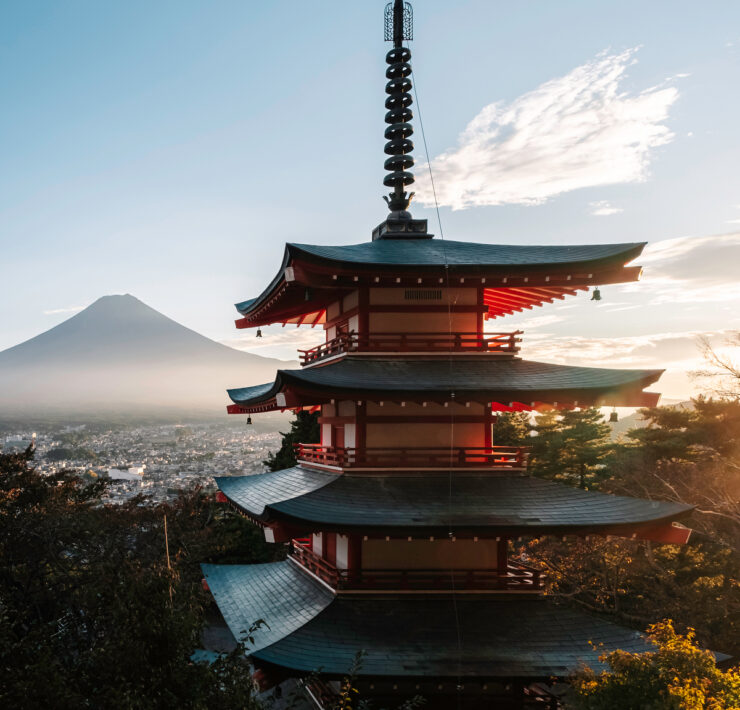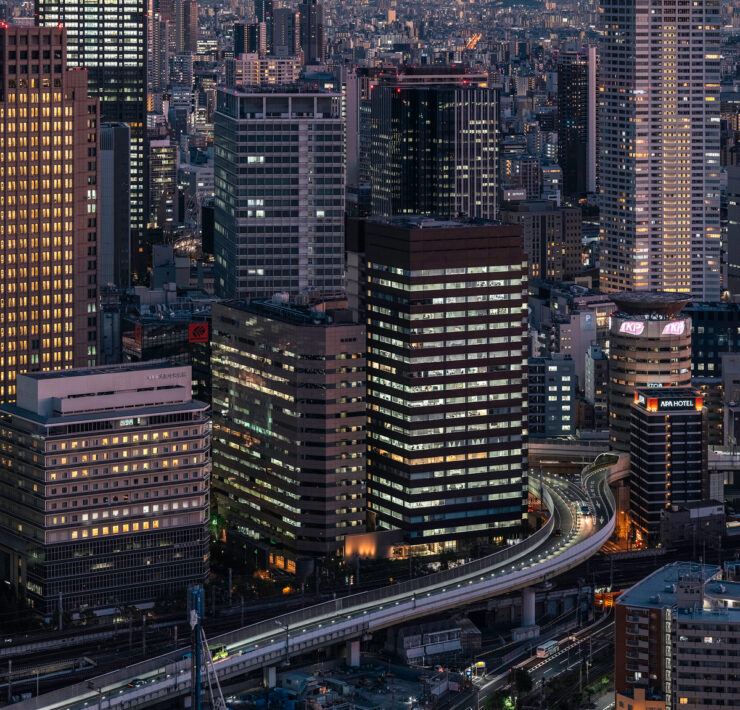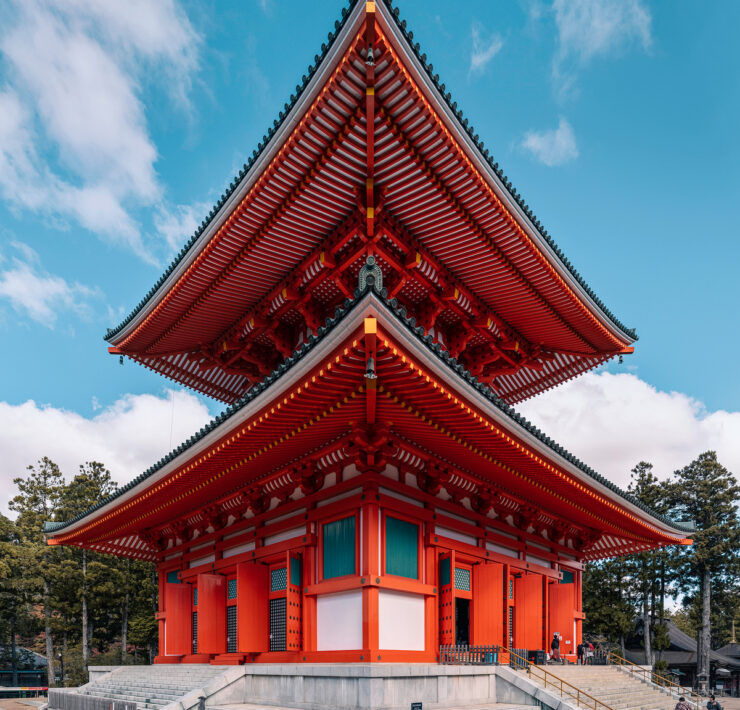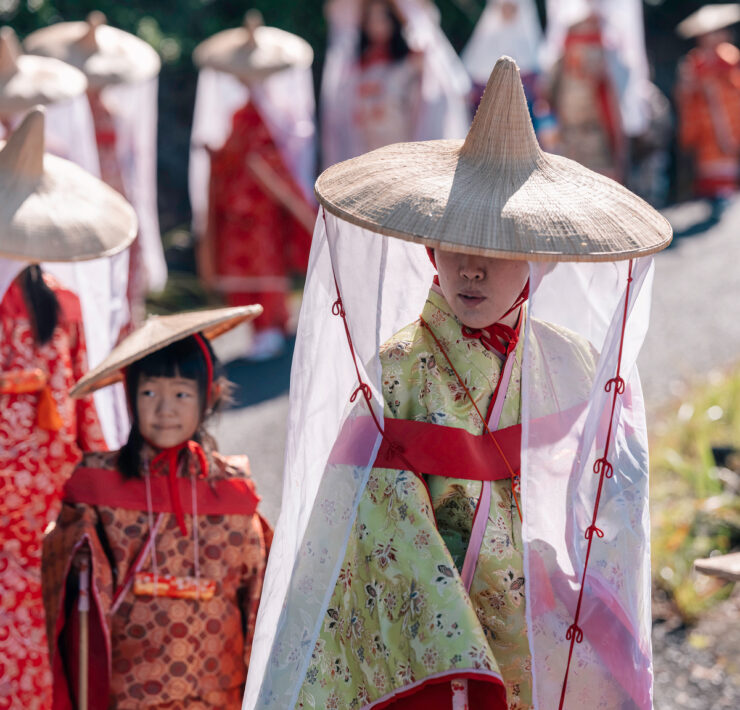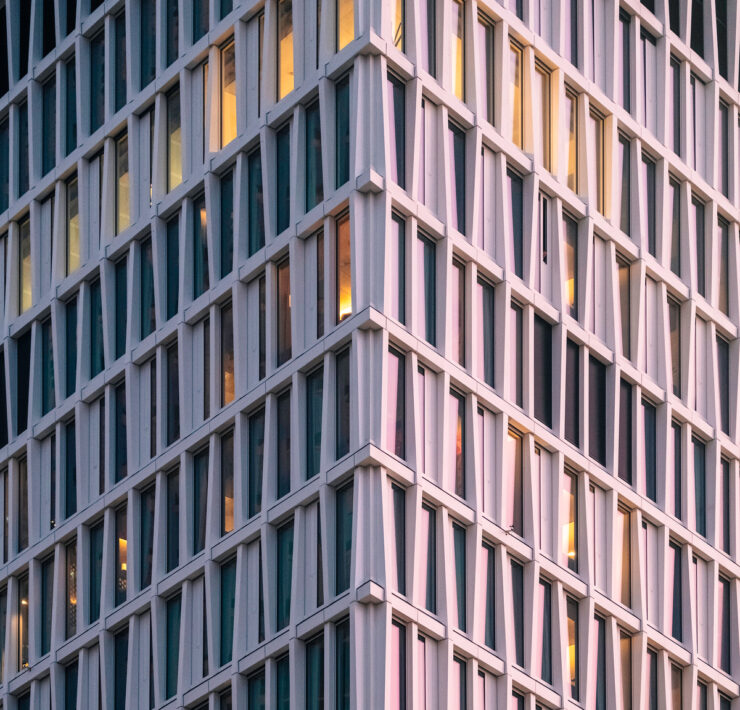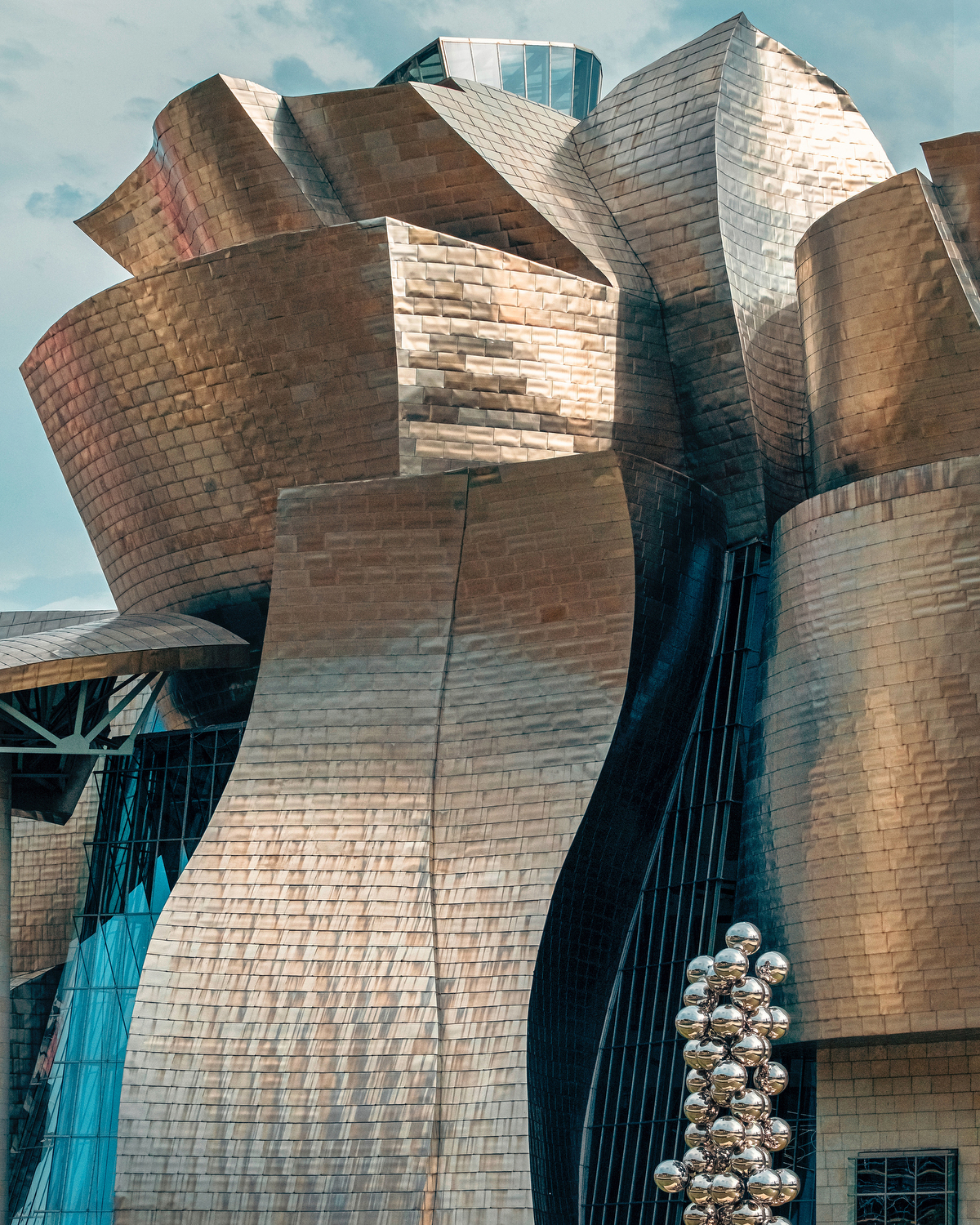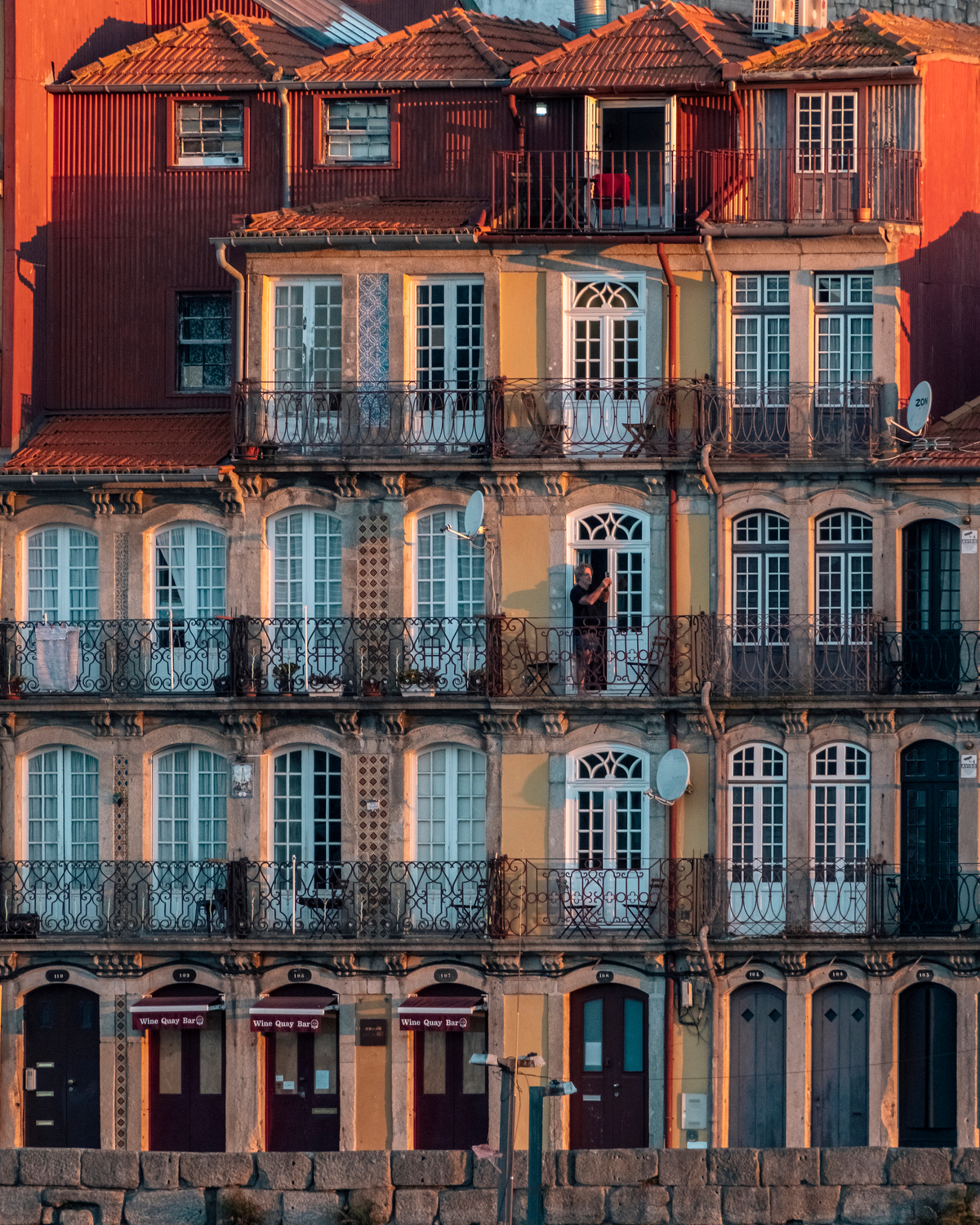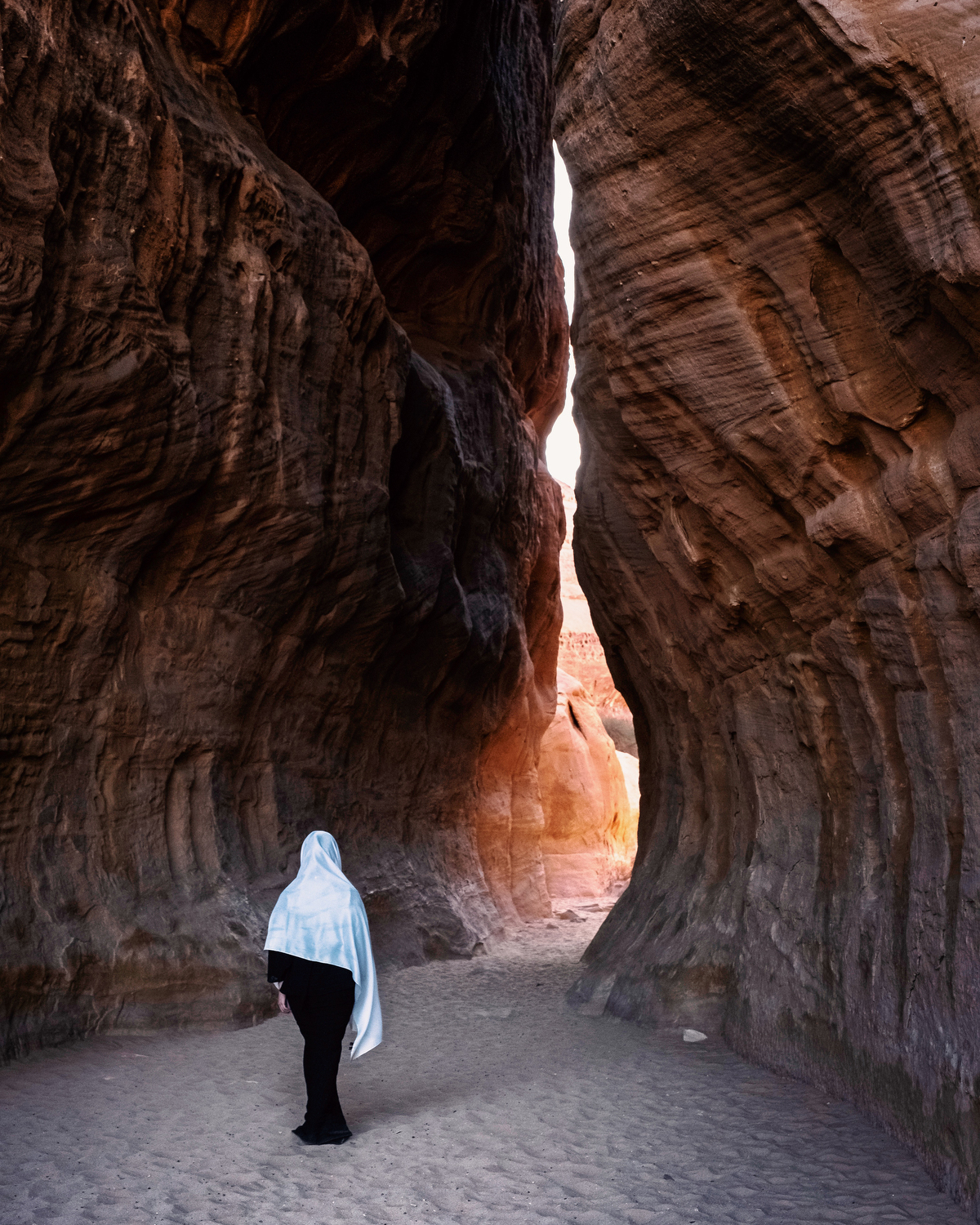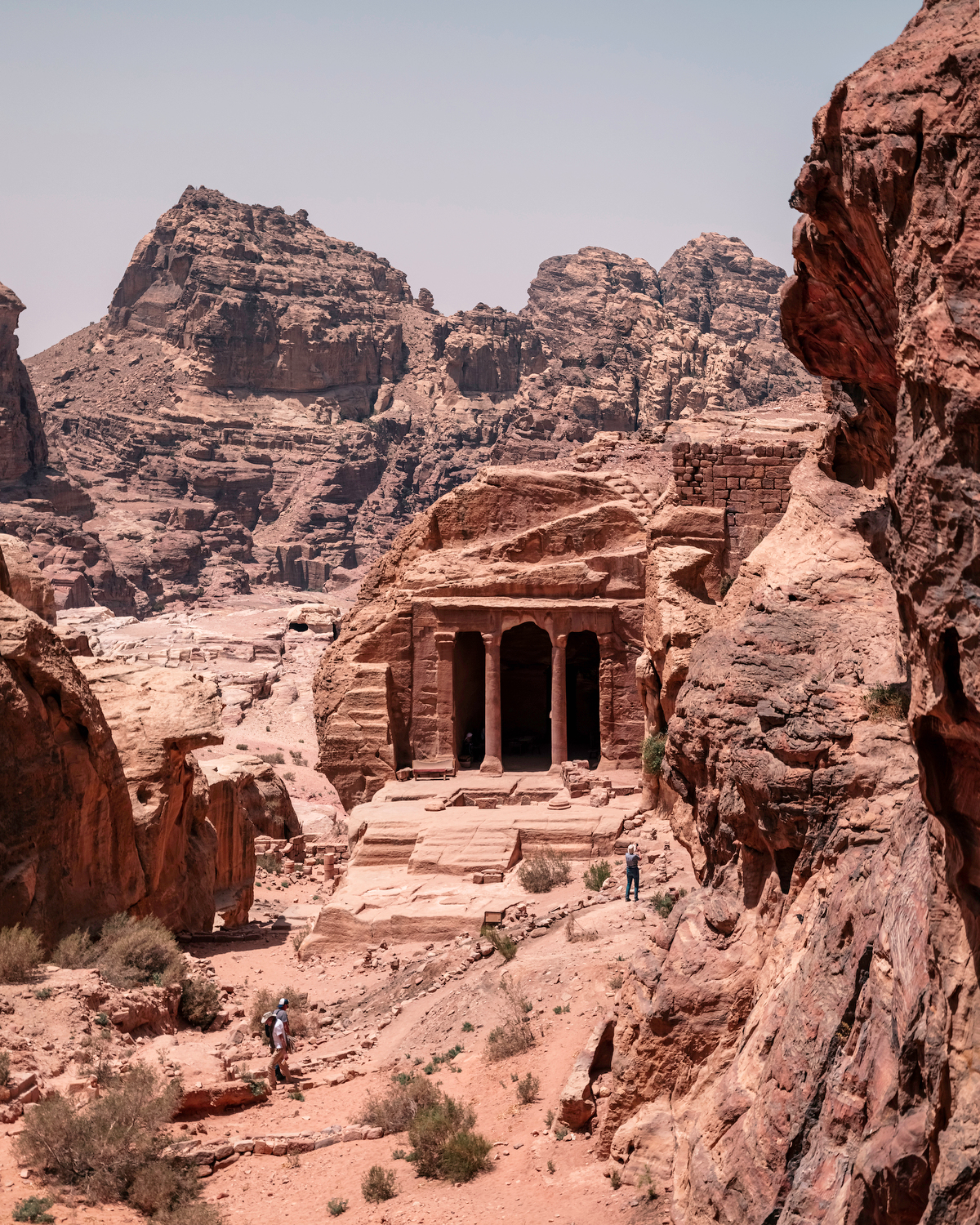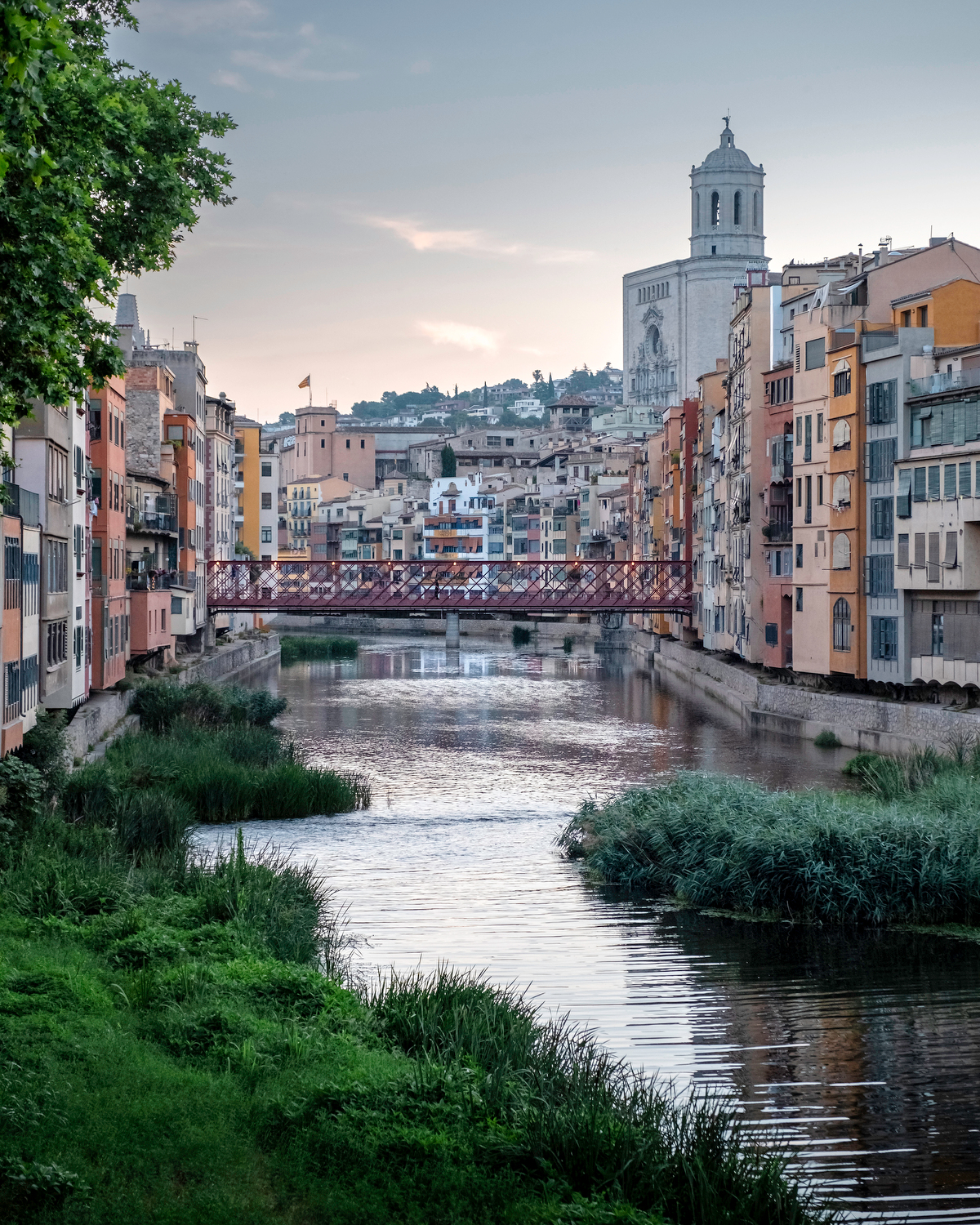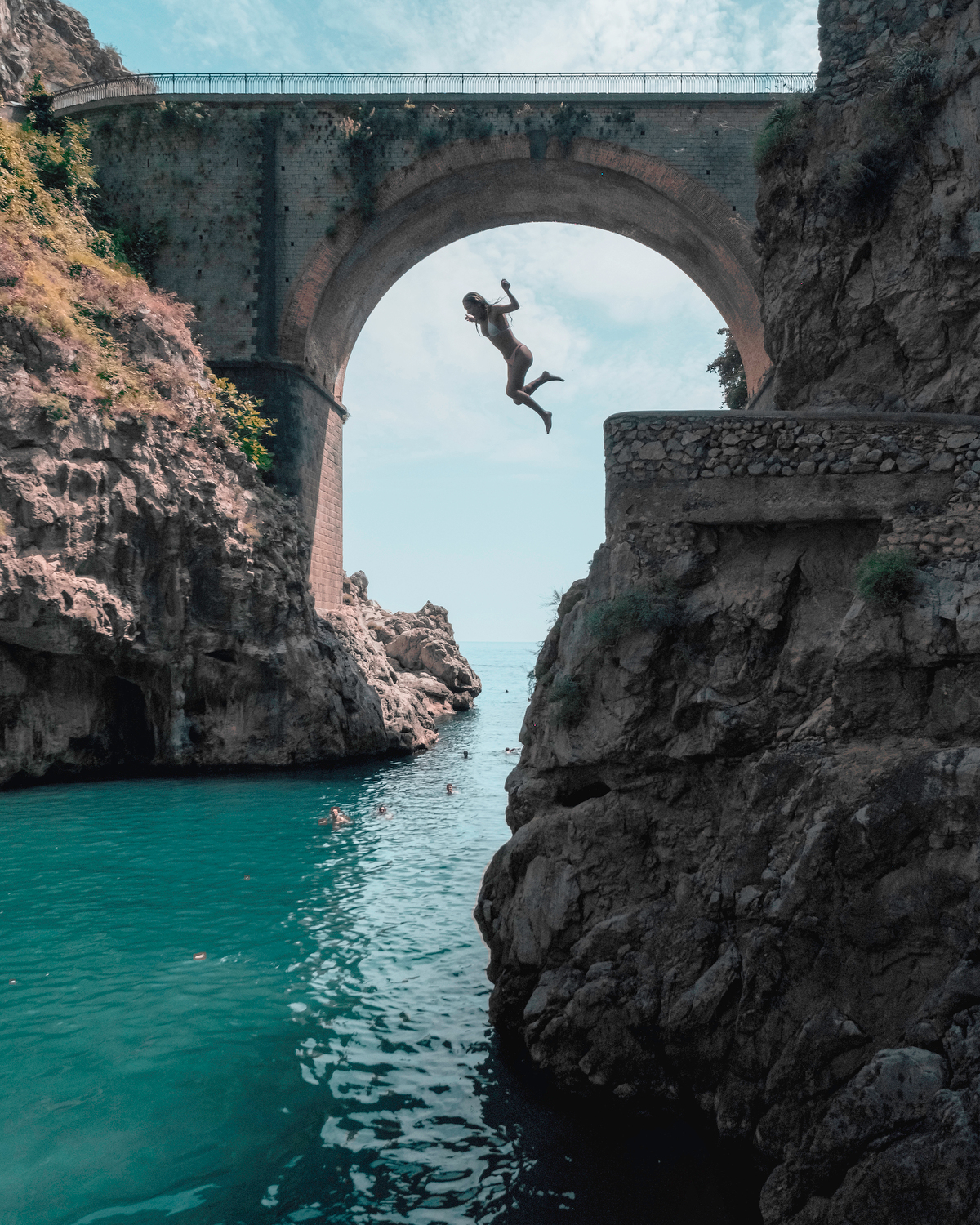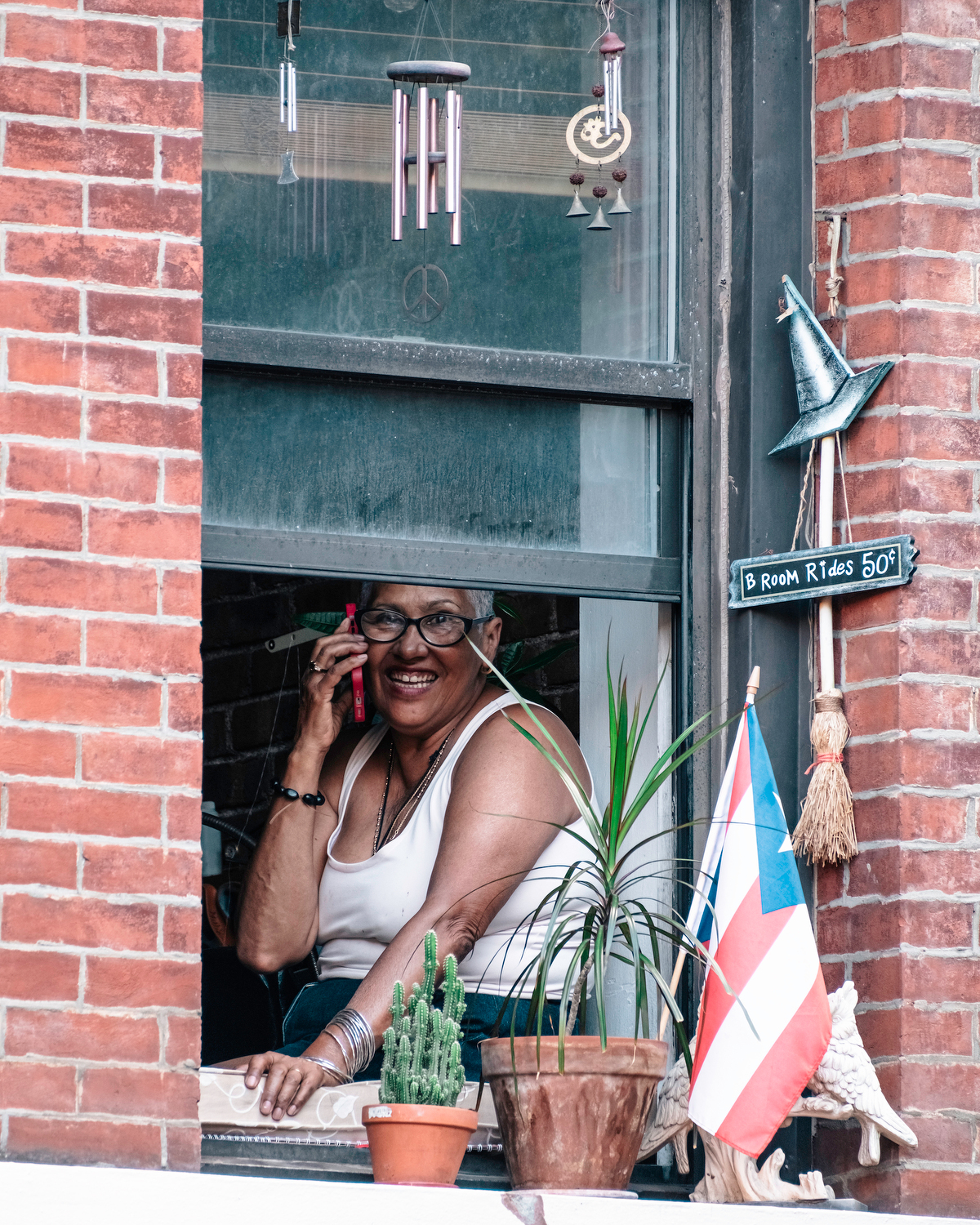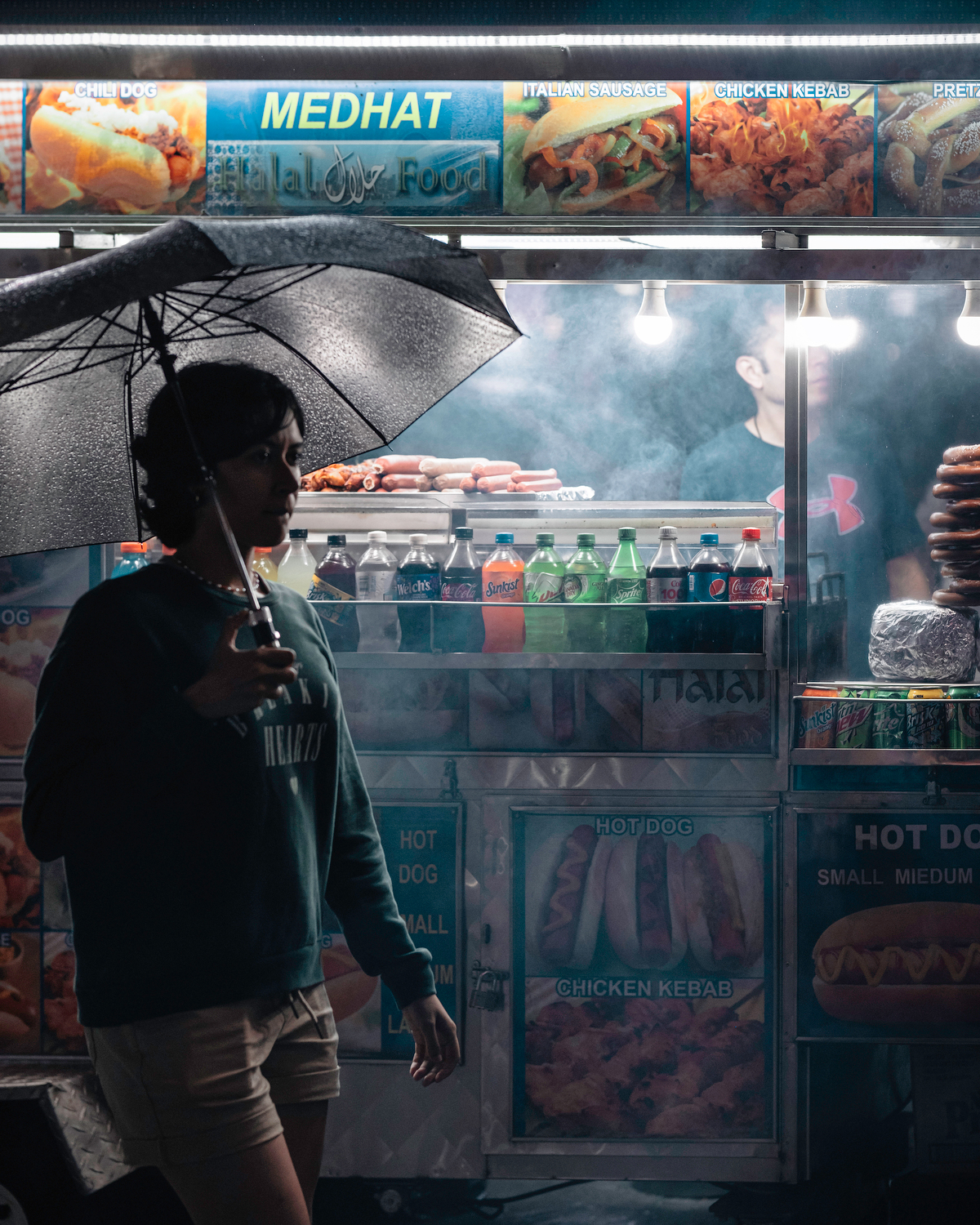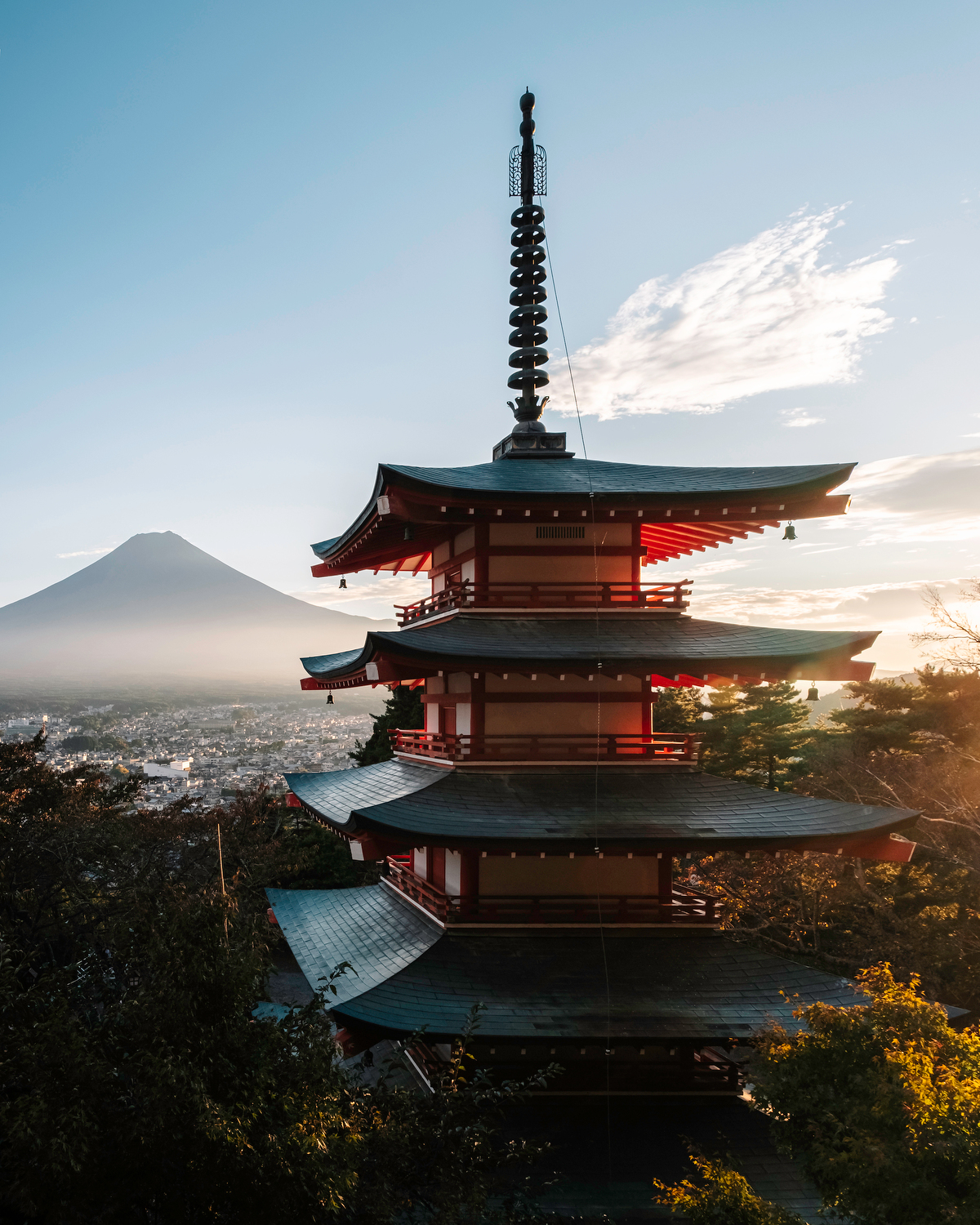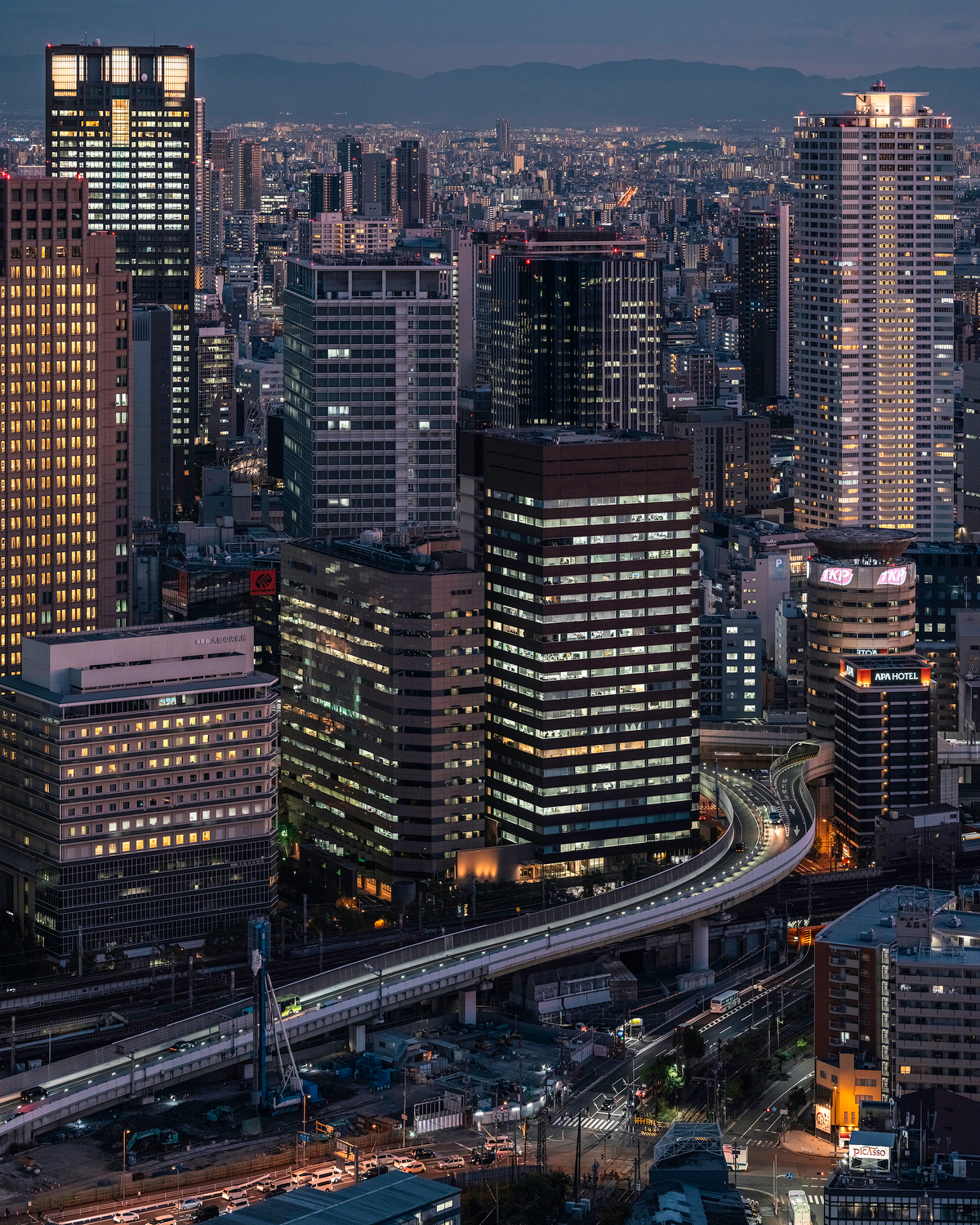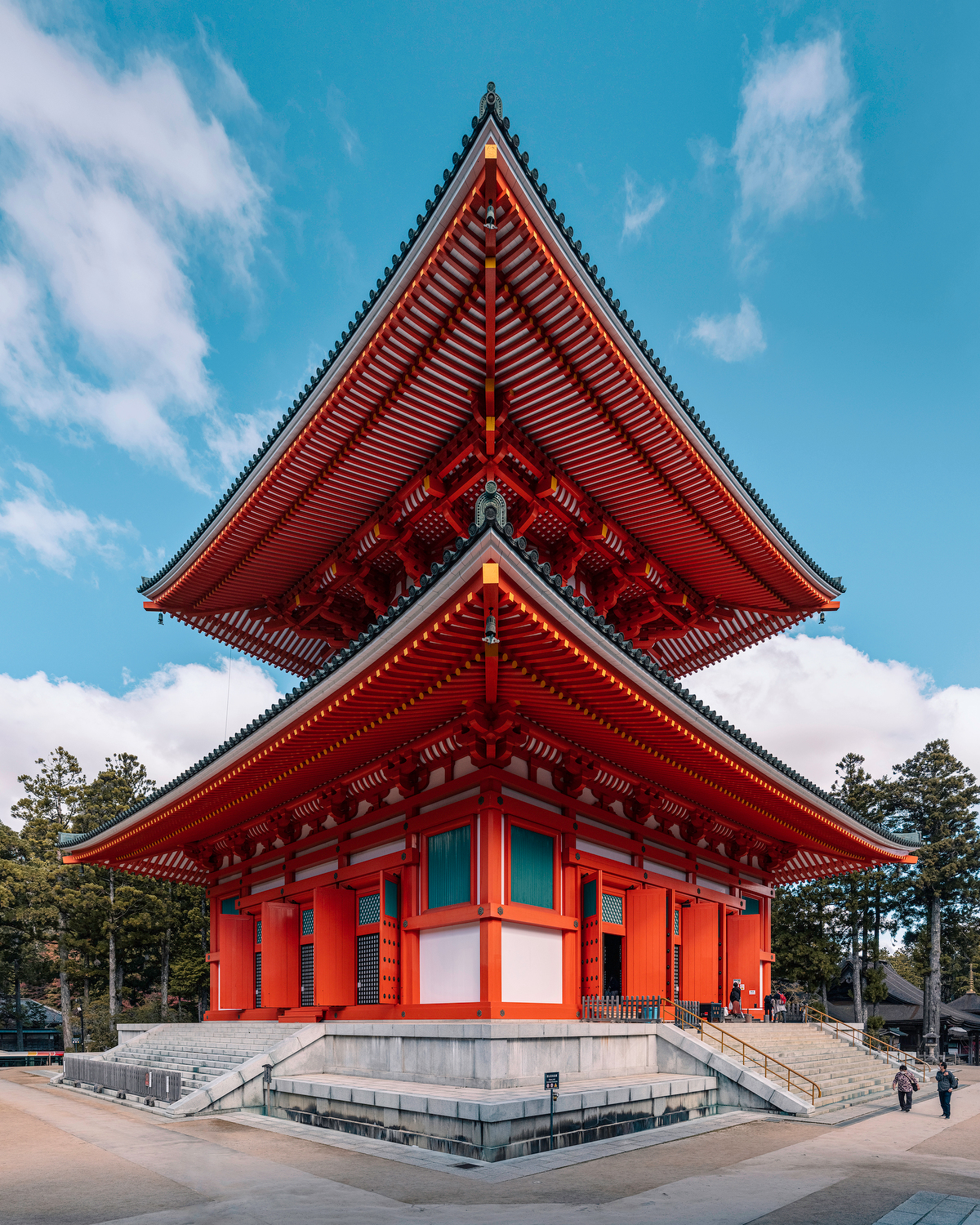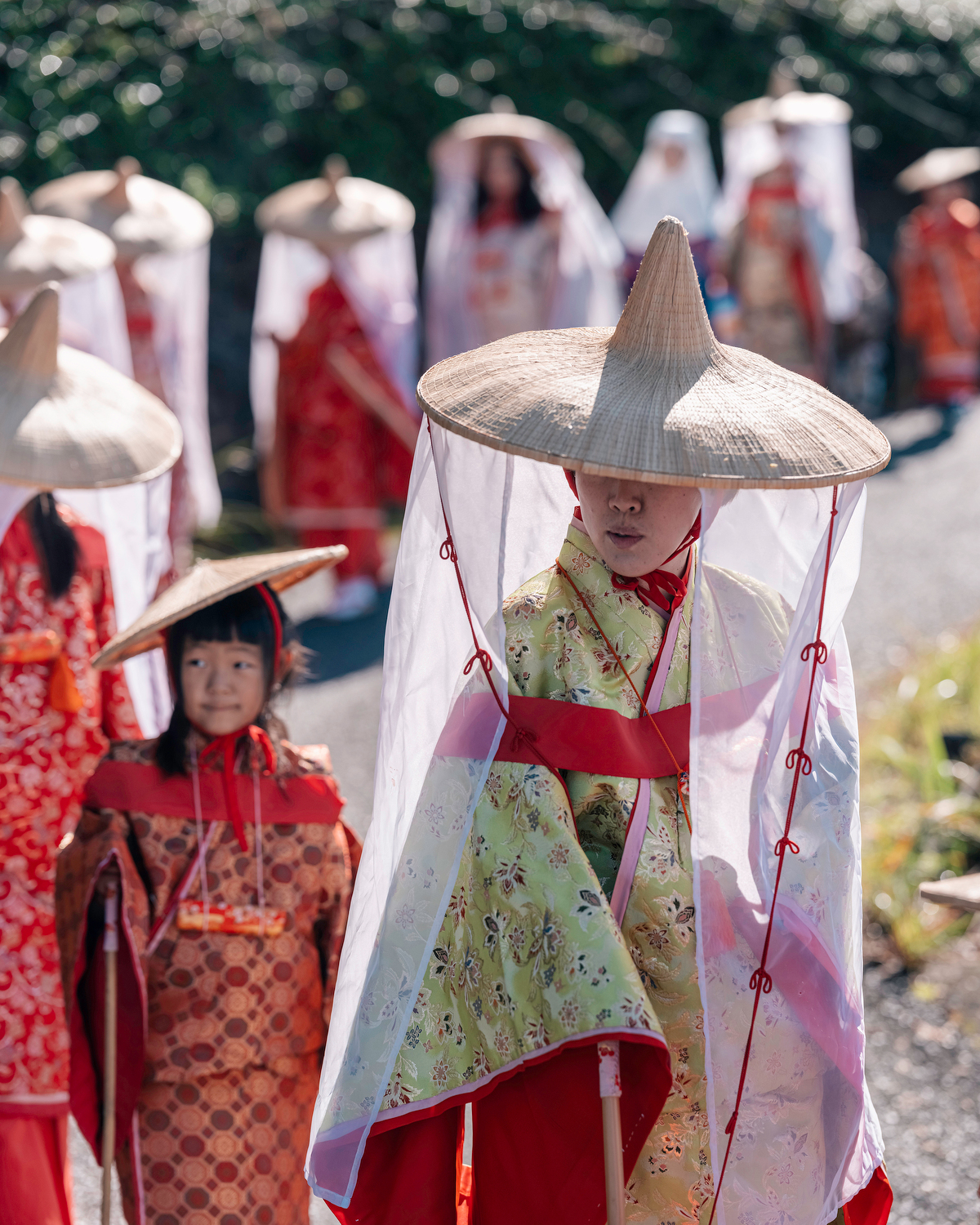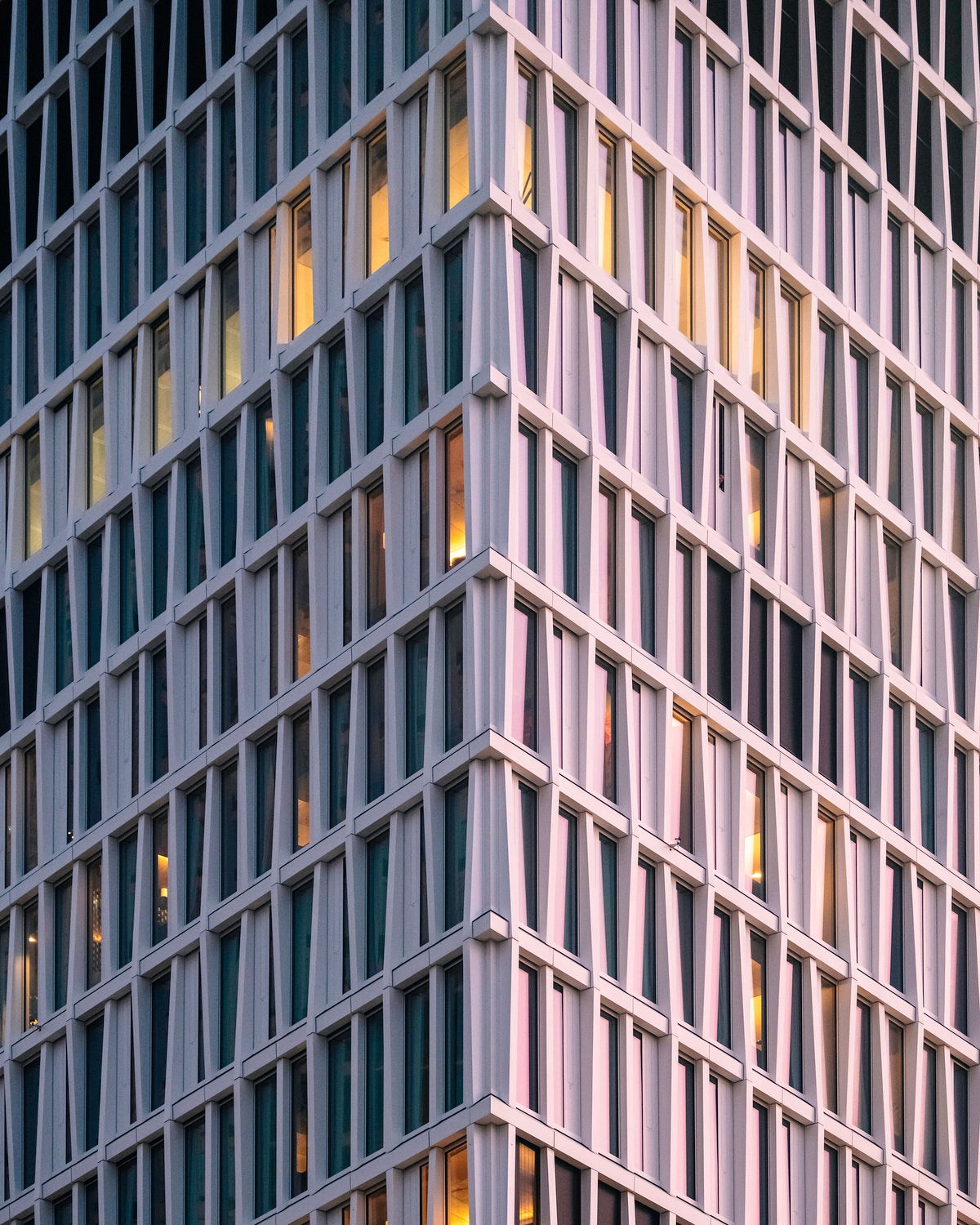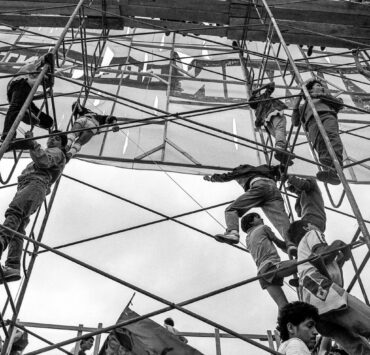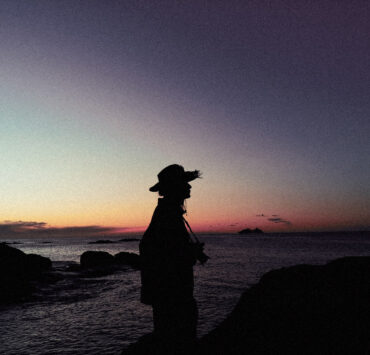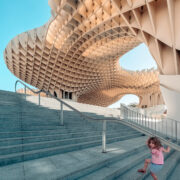
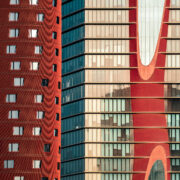
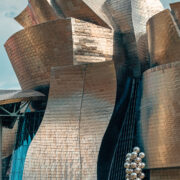
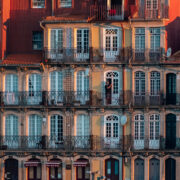 +11
+11 Nicanor García, architect and travel photographer
Nicanor García, architect and travel photographer
Nicanor García, architect and travel photographer
Nicanor García, architect and travel photographer
Nicanor García, architect and travel photographer
Nicanor García, architect and travel photographer
Nicanor García, architect and travel photographer
Nicanor García, architect and travel photographer
Nicanor García, architect and travel photographer
Nicanor García, architect and travel photographer
Nicanor García, architect and travel photographer
Nicanor García, architect and travel photographer
Nicanor García, architect and travel photographer
Nicanor García, architect and travel photographer
By Nacho Izquierdo
What is it that leads an architect to become a photographer?
Essentially, an architect is dedicated to ordering spaces. In the case of the photographer, his gaze orders what he sees. That search, selection and composition process is very similar.
While I was studying architecture, photography was a tool that allowed me to learn from specialized books and magazines. But at the same time I began to document the buildings I visited. When I was able to make my own buildings, sometimes I commissioned the photos, but other times I did them myself.
With the construction crisis, which began in 2008, I began to have free time that I dedicated to taking urban and architectural photos in my city (Barcelona). By sharing them on social networks I began to receive different proposals for photographic projects. After a while I decided to concentrate on photography and that was 11 years ago. Although the work of an architect is also exciting, photography projects are more dynamic, which in the end was a great incentive to decide to change.
On a trip to do work in Tokyo, I met Shuko Kawase, who is now my wife and with whom I team up when doing photographic projects. Shuko has a background in Fine Arts and Photography, and we love travel, cultures and architecture.
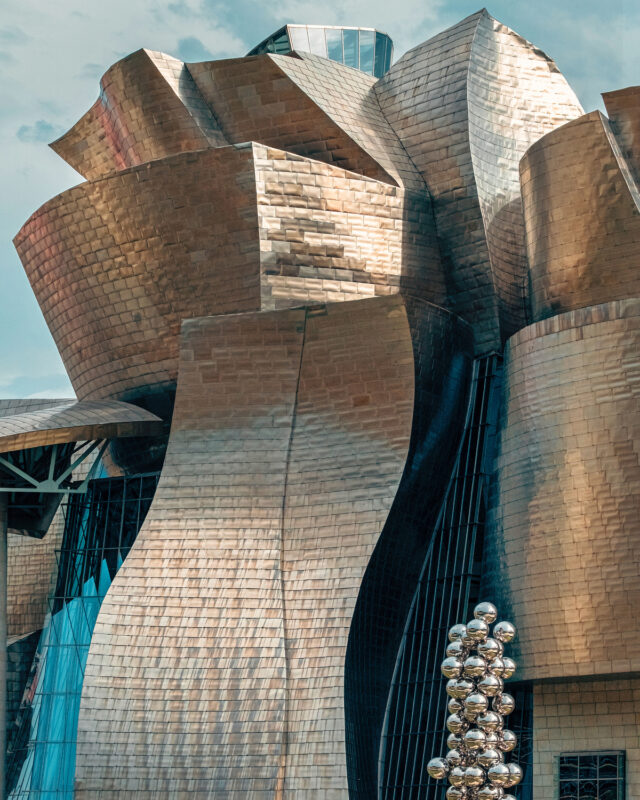
Fujifilm X-T4
Fujinon XF70-300mm f4-5.6 R LM OIS
ISO 800 F7.1 1/2000 s 70 mm.
What type of photography do you do?
I mainly do travel photography with an accent on architecture. But depending on the project this swings more towards one type of photography or another. Specialization is a good thing, but the world is too big to be pigeonholed into just one type of photography. I usually combine street photography with architecture and the urban landscape.
From my point of view, the important thing is to explain in the best way what the photographic project you are developing requires. And this can be showing a city, a country, a building or a festival.
Working with Shuko, maybe she leans more towards street photography, while I give a little more weight to architecture. Which together makes a good mix.
When I do strictly architectural reports, in which the objective is to show a recently built or historic building, I seek to show its materiality, its spaces and its internal and urban relationships. But always attentive to if something exceptional arises during the realization of the report.
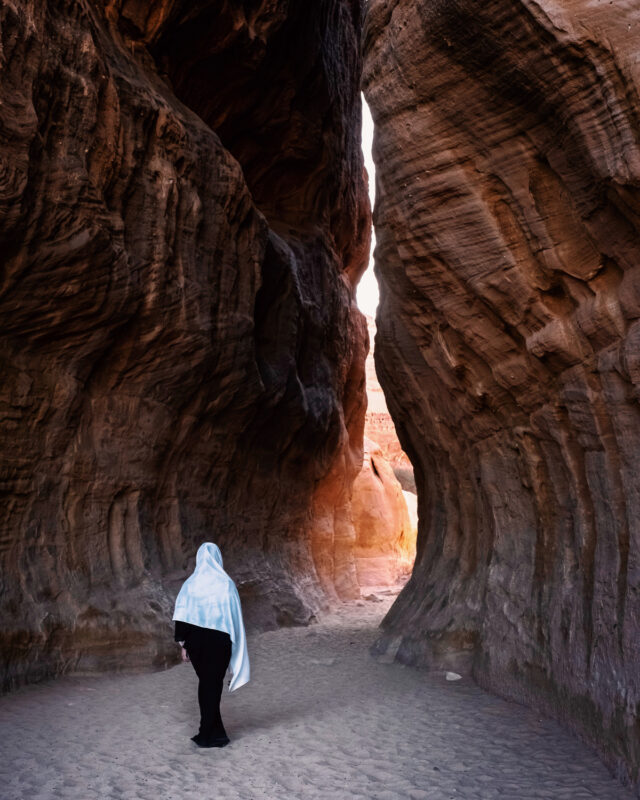
Technically speaking, what equipment do you use and why?
At the moment I am working with a Fujifilm X-T4 and possibly soon I will move to the Fujifilm X-H2. Since my first Fujifilm, the X-T1, I have had several models of the X series. They are small cameras that are easy to use and of very good quality, which has been increasing model by model. I find them very comfortable and I enjoy using them, because of their capacity and versatility, but also because of their appearance. They are how you imagine a camera to be.
Along with the body I use 3 Fujinon zoom lenses with a focal range that gives me a lot of play: the XF8-16mm f2.8 R LM WR, the XF16-55mm f2.8 R LM WR and the XF70-300mm f4-5.6 R LM OIS WR. These three lenses (with one body-mounted) I can fit into a fairly snug bag and form my basic kit. But when I travel I take a small extra backpack with two brighter lenses: the XF56mm f1.2 R and the XF23mm f1.4 R, which allow me to isolate elements, take portraits or street photography.
For specific projects I have also used the Fujifilm GFX50SII and the Fujifilm GFX100S, which are incredible cameras for landscape, architecture or portraiture, and when you are sure that you are going to print your work.
With them I have used these Fujinon lenses: GF20-35mm f4 R WR, GF35-70mm f4.5-5.6 WR and GF110mm f2 R LM WR. The 20-35mm allows me to photograph architecture, places with little space or landscapes. The 35-70mm is a great all-rounder and I use the 110mm f2 in the same way as the bright X-series lenses: isolating elements, portraits…
For the large sensor they have, they are quite compact and light. This allows me to use them in the same bag or backpack as the Fujifilm X series.
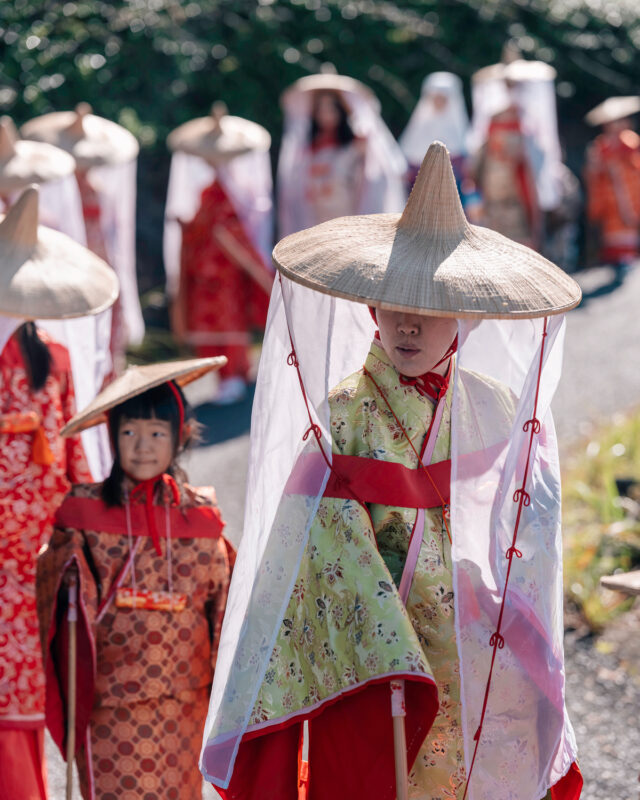
How has architectural photography changed in recent years? And the travel?
In both types of photography, the change from SLR to mirrorless seems to me a great advance by making the equipment lighter and easier to handle, and with lens adapters new possibilities have been opened up. In the case of architectural photography, more decentrable lenses, or tilt-shift, and accessories have appeared that make it easier to carry out this type of photography. There are various brands that have this type of lens such as Canon or Nikon, which have been joined by Samyang or Laowa. Fujifilm announced in September that they are finalizing development of two new tilt-shift lenses for their GFX cameras, which I am looking forward to.
If you do not have a tilt-shift lens, a wide angle is a good alternative. In recent years, rectilinear wide angles of various brands have appeared. These wide angles have virtually no optical distortion or aberrations. The software has also been incorporating new geometric and perspective correction tools, giving the possibility to emulate photographs taken with tilt-shift lenses. All this together has made architectural photography popular and leaves its niche position as defined as it was in the past.
On a creative level, architectural photography used to focus on pure architectural space. But for some years the incorporation of the human factor in some of the images of an architecture report has been valued. The people in the architectural photographs, in addition to giving scale, generate empathy for the observer, helping them to settle in and better appreciate the photographed architecture.
All photographs usually have some degree of difficulty in some way. In architectural photography, what is the most important thing to take into account?
I believe that in all photography there are three essential factors to overcome: the composition, the light and the moment. In the composition we choose our position in space to order what will appear in the frame of the photo. In this way we establish what relationships there will be between the near and far elements of the perspective. In travel or street photography, we do it by moving until we stop and shoot. In the case of photographing architecture, it is advisable to use a tripod. This will allow us to establish the relationship between our point of view and the space with greater precision, as well as better control the elements or people that appear in motion in the image.
Light is another vital element to consider. As the architecture is fixed, we have to wait for the opportune moment so that the light is what we need. Dawn or sunset provides a soft light in contrasts, which contributes to the fact that the protagonist is the building and not the play of shadows that we would have at noon. But if that shadow play were relevant, we would have to wait for the right time of day. The moment is what gives us the opportunity to capture something unique. In street photography it is vital because there are things that only happen once. In architectural photography it is not so decisive.
In addition to this, the narrative seems essential to me. Above a photograph is what we are showing, documenting or explaining. The coordinator of the photographic series must always be present when shooting each of the images.
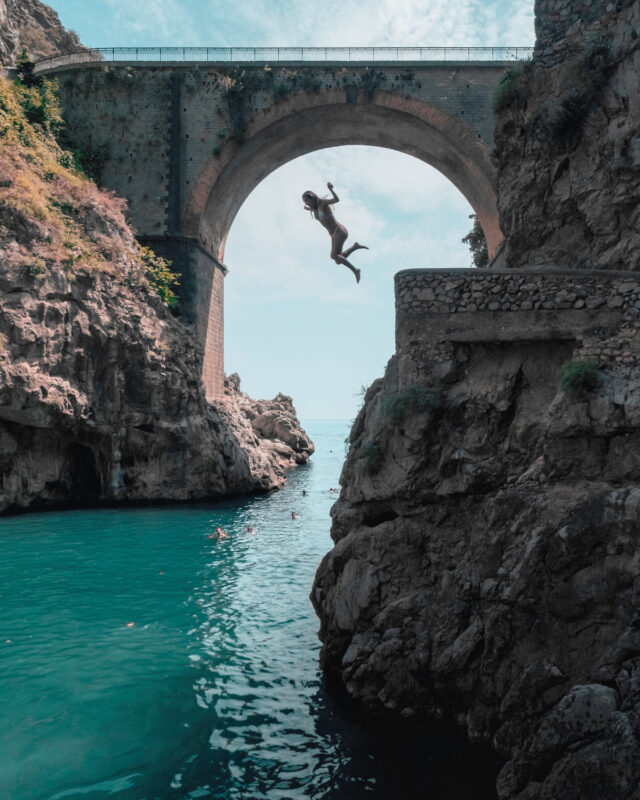
What are the characteristics that you consider necessary in your photographic equipment to obtain an optimal result?
The equipment is still the set of tools that we use to obtain the result that we imagine as photographers. So the first responsible for that result are ourselves when choosing the camera, lenses and accessories.
When choosing the equipment, the minimum and essential that I need is that it produces sharp images. Also easy to use and versatile. If this is the case, during the shoot I can focus on the creative aspects that only depend on my will in relation to that photograph or photographic project.
With all this you can get to the edition with all the options to get that photograph you expected.
What advice could you give to lovers of architectural photography and how you can stand out in this profession?
Photography is a long-term hobby (or job), so staying motivated and having perseverance will allow you to learn and improve. The fact of standing out will come to each one letting himself be guided by his own intuition and working with constancy.
Where do you think photography is going and how do you think it will be in the future?
It’s hard to imagine it concretely. The speed, megapixels and storage of cameras are becoming more and more optimized. For example, the Fujifilm X-H2 and X-H2S represent a very important qualitative leap from previous models of the brand. The miniaturization of components, research into new materials and the development of artificial intelligence, I suppose, will gradually define the photography of the future. In any case, I hope that without losing the essence of what a camera is, they will improve their interface and user experience so that it prevails over all the creative work of each photographer.
What importance do you give to social networks and the post production of your work?
Social networks are the most effective way we have today to show our work and find out easily and quickly what other photographers are doing. In my case, when I started as a photographer, they have been very important to show the potential I had and later to show my different works. I see post-production as a continuation of the photographing process that begins with the shoot. In all my photographs I do a basic editing adjusting light and color. In some images I need to correct some geometric or perspective aspect so that the photograph appears as I perceived it in reality. On other occasions, there are temporary elements that, waiting for them, would be corrected in reality, but having that time, I correct them afterwards. In any case, I always try to maintain a direct relationship with reality and the emotion I had when taking the shot.
Who are your favorite photographers?
I admire the work of architectural photography references such as Ezra Stoller, Julius Shulmann or Balthazar Korab. Thanks to them, and many more, while I was learning architecture I was also learning photography. I would also highlight Francesc Catalá Roca, Steve McCurry, Sebastião Salgado, Saul Leiter… From time to time I review their photographs and I always learn something new. But I also find it interesting to see what contemporary photographers are working on. For example, I learn a lot by looking at the photographs of Shuko Kawase, my wife. In addition, it has the advantage that we can comment on it.
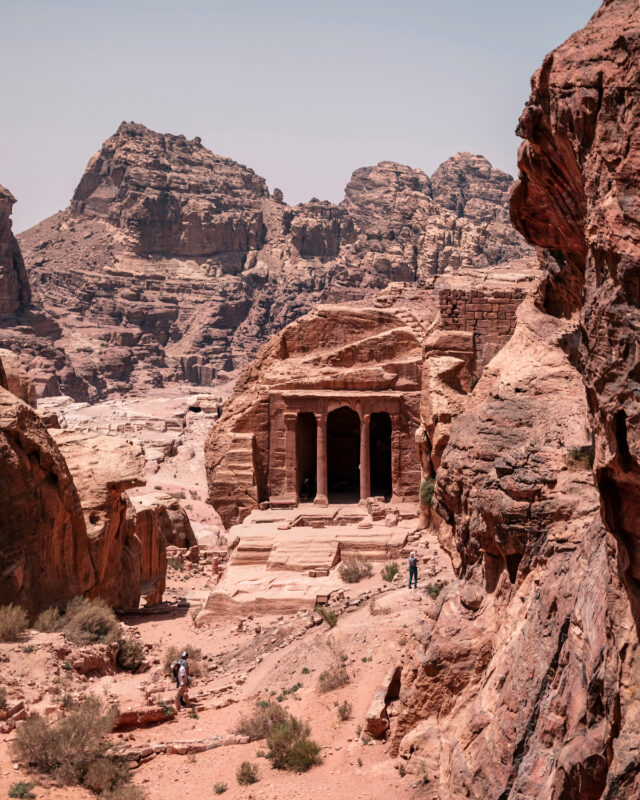
Are you working on a personal project that you would like to share with us?
At the beginning of 2022, Shuko and I were finalists of the GFX Challenge Grant Program 2021 and we were able to develop our project thanks to the support of Fujifilm Spain. We developed the project in Petra, where we were photographing different aspects that we considered key to understanding that place under the title: Petra. Stone, Water and People.
In recent months we have been preparing an exhibition of the project in the new Fujifilm Wonder Photo Shop room in Barcelona. It will be open from the end of December to the end of January 2023.
We also recently traveled to Japan where we visited Wakayama Prefecture. There is a network of pilgrimage routes there, called Kumano Kodo, which together with the Camino de Santiago are the only two routes that are on the UNESCO World Heritage list.
Gear:
Cameras: Fujifilm X-T4, GFX100S, X-H1, GFX50SII
Lens: Fujinon XF8-16mm f2.8 R LM WR, XF16-55mm f2.8 R LM WR, XF70-300mm f4-5.6 R LM OIS WR, XF56mm f1.2 R, XF23mm f1.4 R
Web sites:
Facebook: nicanorgarcia.photography
Instagram: nicanorgarcia

